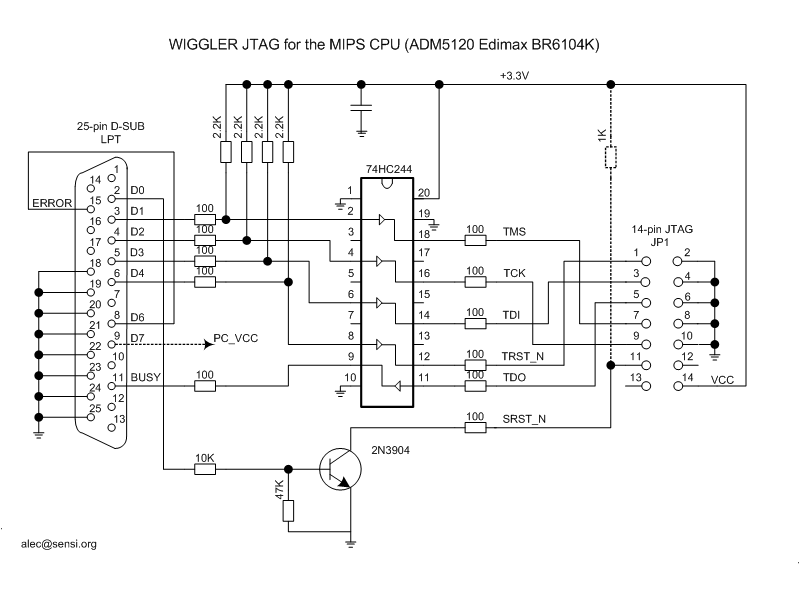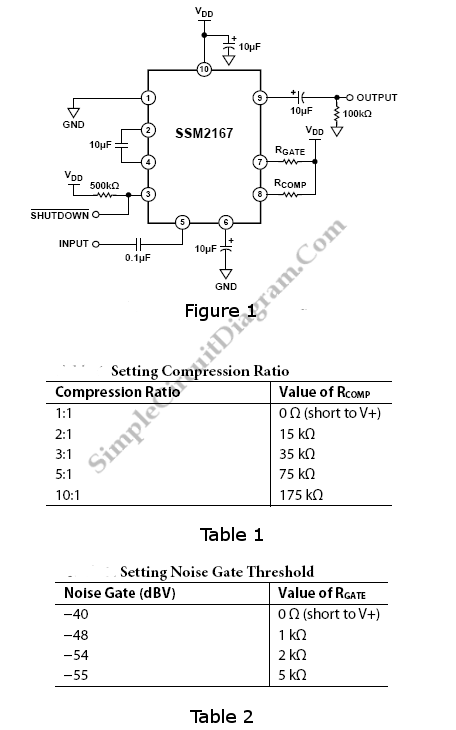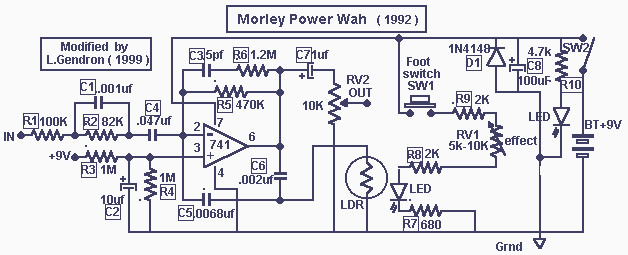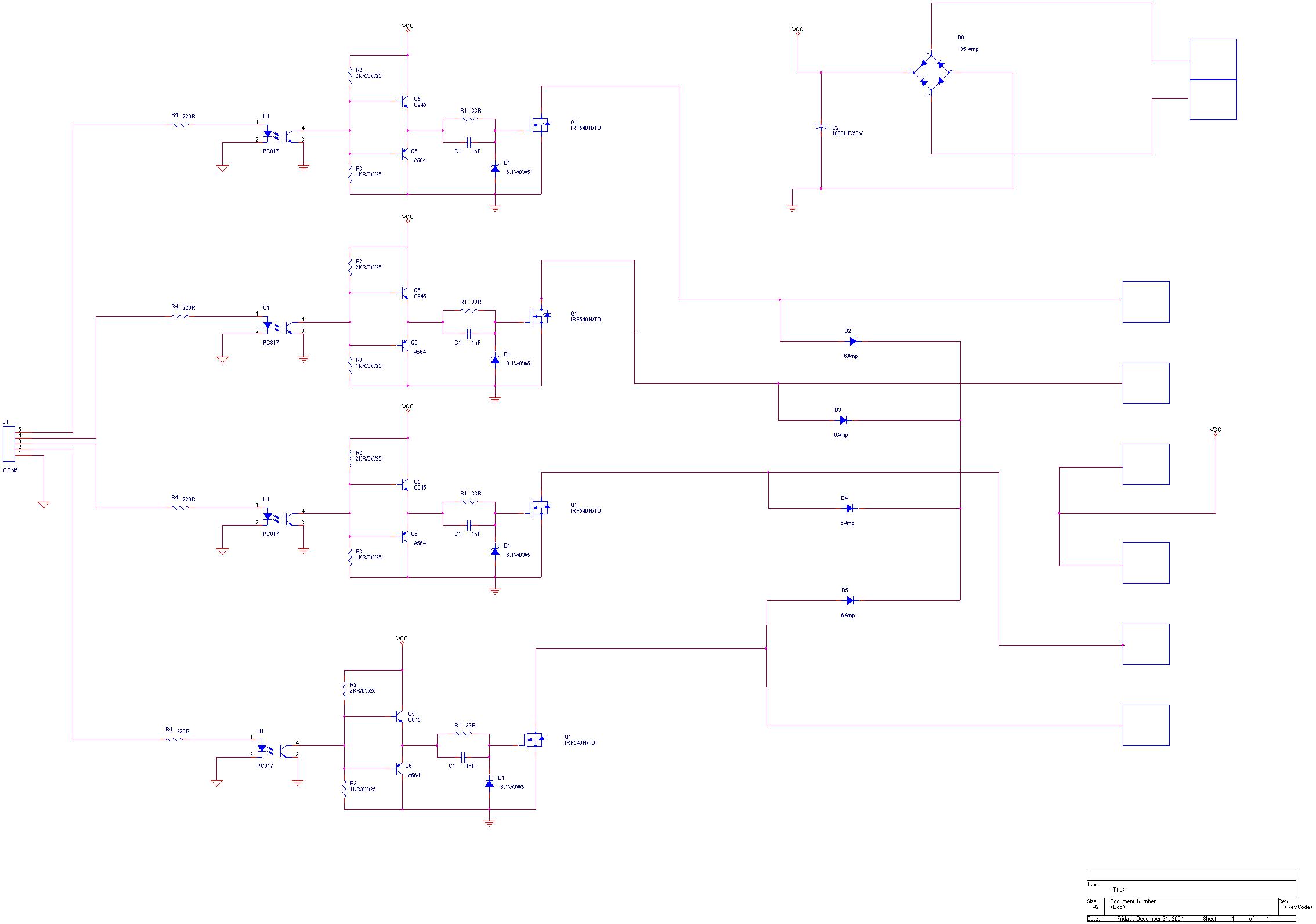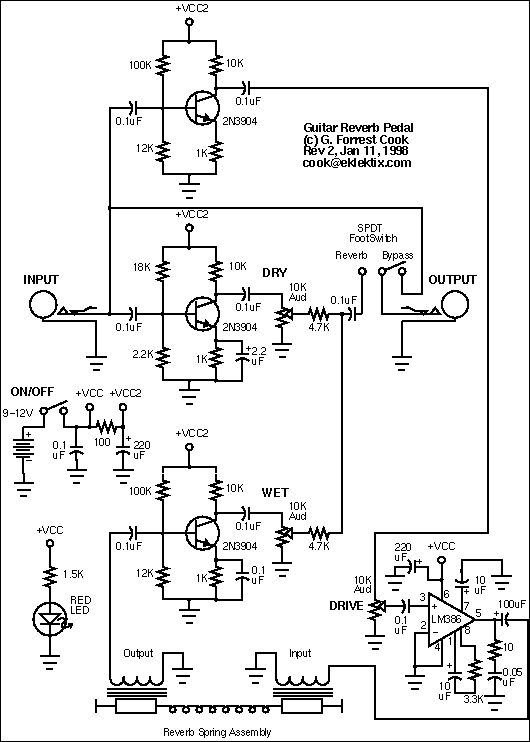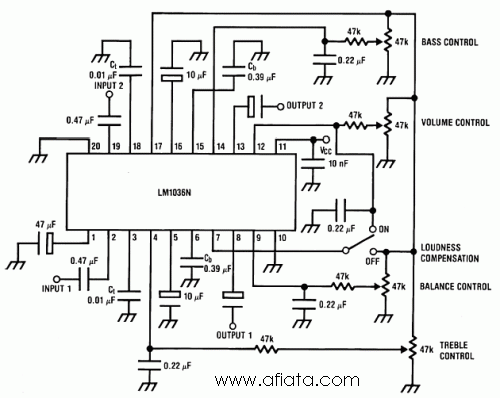
Current-Amp to drive bass guitar cab
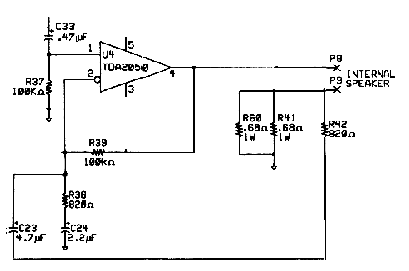
A 4x10" Ashdown ABM bass cabinet is powered by a Hughes & Kettner bass amplifier head. There is an intention to modify the amplifier head to enhance its functionality.
The Ashdown ABM bass cabinet features four 10-inch speakers, which are designed to deliver a powerful and rich bass sound, making it suitable for various musical styles and performance settings. The cabinet typically has a robust construction to withstand the rigors of live performances while ensuring optimal sound projection.
The Hughes & Kettner bass amplifier head is known for its high-quality sound and versatility, often equipped with various tone-shaping controls, including EQ settings, gain, and effects loops. Modifying this amplifier can involve several approaches, such as enhancing its output power, adding additional tone controls, or integrating digital effects processing capabilities.
When considering modifications, it is essential to ensure that the changes do not compromise the integrity of the amplifier's design. Possible upgrades could include replacing standard components with higher-rated ones, such as capacitors and resistors, to improve performance and reliability. Additionally, incorporating a more advanced preamp circuit could allow for greater tonal flexibility.
Careful attention should be paid to the electrical specifications and thermal management of the amplifier during modifications. Proper heat dissipation mechanisms, such as adding cooling fans or heat sinks, may be necessary to prevent overheating during extended use.
Overall, enhancing the Hughes & Kettner bass top to work more effectively with the Ashdown ABM cabinet can yield significant improvements in sound quality and performance, making it a worthwhile endeavor for any bass player seeking to elevate their setup.Hi! I have a 4x10"" Ashdown ABM bass cab driven by a Hughes&Kettner bass top. I just had the idea of modifying the bass top to act as a.. 🔗 External reference
The Ashdown ABM bass cabinet features four 10-inch speakers, which are designed to deliver a powerful and rich bass sound, making it suitable for various musical styles and performance settings. The cabinet typically has a robust construction to withstand the rigors of live performances while ensuring optimal sound projection.
The Hughes & Kettner bass amplifier head is known for its high-quality sound and versatility, often equipped with various tone-shaping controls, including EQ settings, gain, and effects loops. Modifying this amplifier can involve several approaches, such as enhancing its output power, adding additional tone controls, or integrating digital effects processing capabilities.
When considering modifications, it is essential to ensure that the changes do not compromise the integrity of the amplifier's design. Possible upgrades could include replacing standard components with higher-rated ones, such as capacitors and resistors, to improve performance and reliability. Additionally, incorporating a more advanced preamp circuit could allow for greater tonal flexibility.
Careful attention should be paid to the electrical specifications and thermal management of the amplifier during modifications. Proper heat dissipation mechanisms, such as adding cooling fans or heat sinks, may be necessary to prevent overheating during extended use.
Overall, enhancing the Hughes & Kettner bass top to work more effectively with the Ashdown ABM cabinet can yield significant improvements in sound quality and performance, making it a worthwhile endeavor for any bass player seeking to elevate their setup.Hi! I have a 4x10"" Ashdown ABM bass cab driven by a Hughes&Kettner bass top. I just had the idea of modifying the bass top to act as a.. 🔗 External reference
